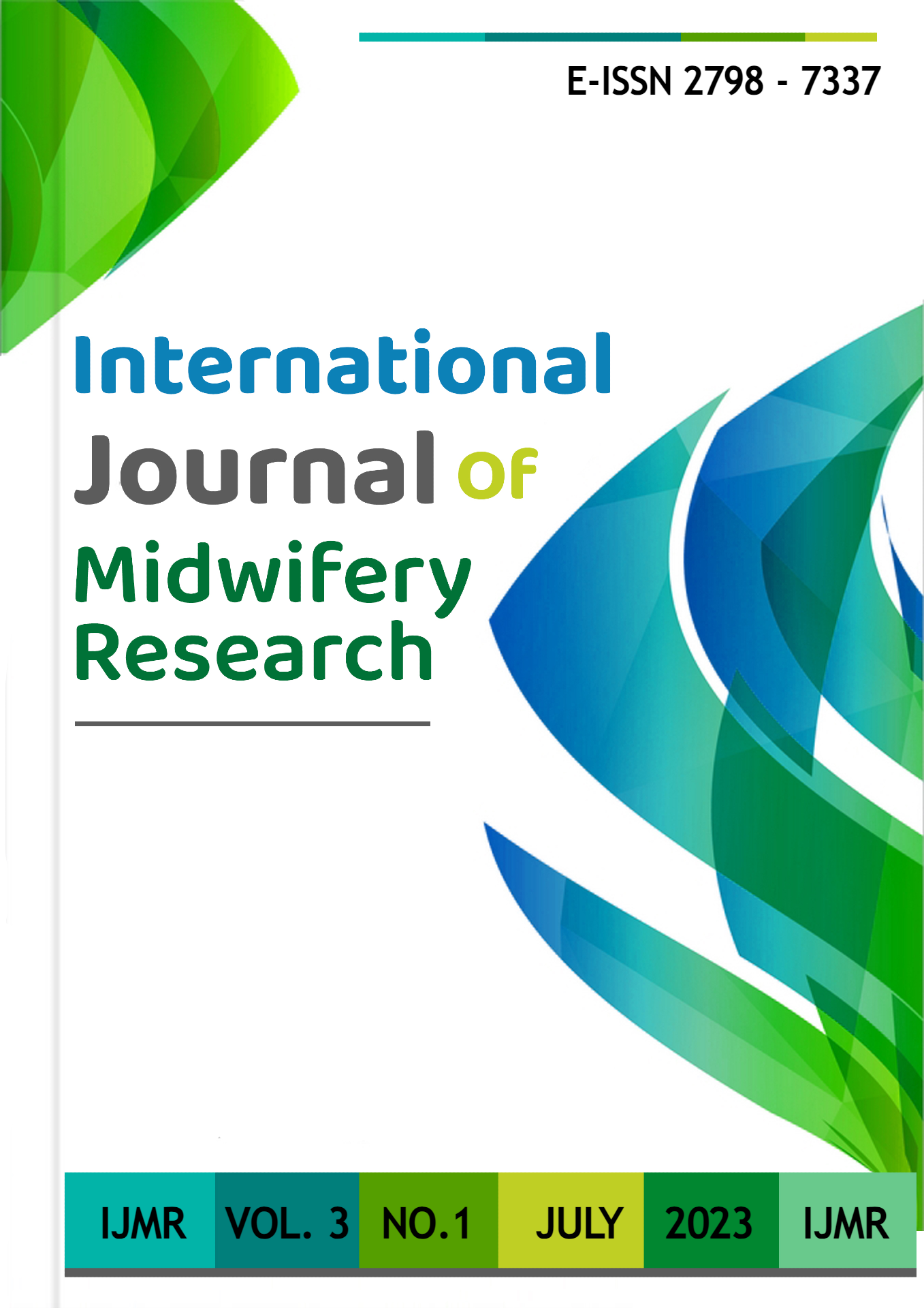IDENTIFICATION OF BARRIERS TO EXCLUSIVE BREASTFEEDING FOR POST SECTIO CAESAREA MOTHERS IN PAYA PASIR VILLAGE, MARELAN DISTRICT
DOI:
https://doi.org/10.47710/ijmr.v3i1.50Keywords:
Exclusive breastfeeding, post sectio caesareaAbstract
Giving support to women's breastfeeding after cesarean sections is important to adjust their attitudes, belief systems, and external environments, as well as help them improve their confidence. Information support provided by health workers is an initial effort to influence the understanding of mothers and families about the benefits of breastfeeding. This was a qualitative with a phenomenological approach that explores the various experiences of post-cesarean mothers in providing exclusive breastfeeding. The analysis used was thematic analysis with the help of the Nvivo 12 Plus software. The results of this study revealed three main themes regarding obstacles to exclusive breastfeeding for post-sectio caesarean mothers. The themes are anxiety, lack of knowledge, physical discomfort, and lack of support. The anxiety of breastfeeding mothers greatly influences their intention to provide exclusive breastfeeding. The first step in encouraging mothers to continue with exclusive breastfeeding is for health professionals to educate more people about it. Physical discomfort for post-sectio caesarean mothers can increase mothers' anxiety about breastfeeding.
Downloads
Published
Issue
Section
License
Copyright (c) 2023 International Journal of Midwifery Research

This work is licensed under a Creative Commons Attribution 4.0 International License.
International Journal of Midwifery Research is a scientific peer-reviewed which articles are freely available to be accessed, downloaded and used for research purposes. Manuscripts submitted to International Journal of Midwifery Research are published under the terms of the Creative Commons License. The terms of the license are:
Attribution — You must give appropriate credit, provide a link to the license, and indicate if changes were made. You may do so in any reasonable manner, but not in any way that suggests the licensor endorses you or your use.
ShareAlike — If you remix, transform, or build upon the material, you must distribute your contributions under the same license as the original.
No additional restrictions — You may not apply legal terms or technological measures that legally restrict others from doing anything the license permits.












